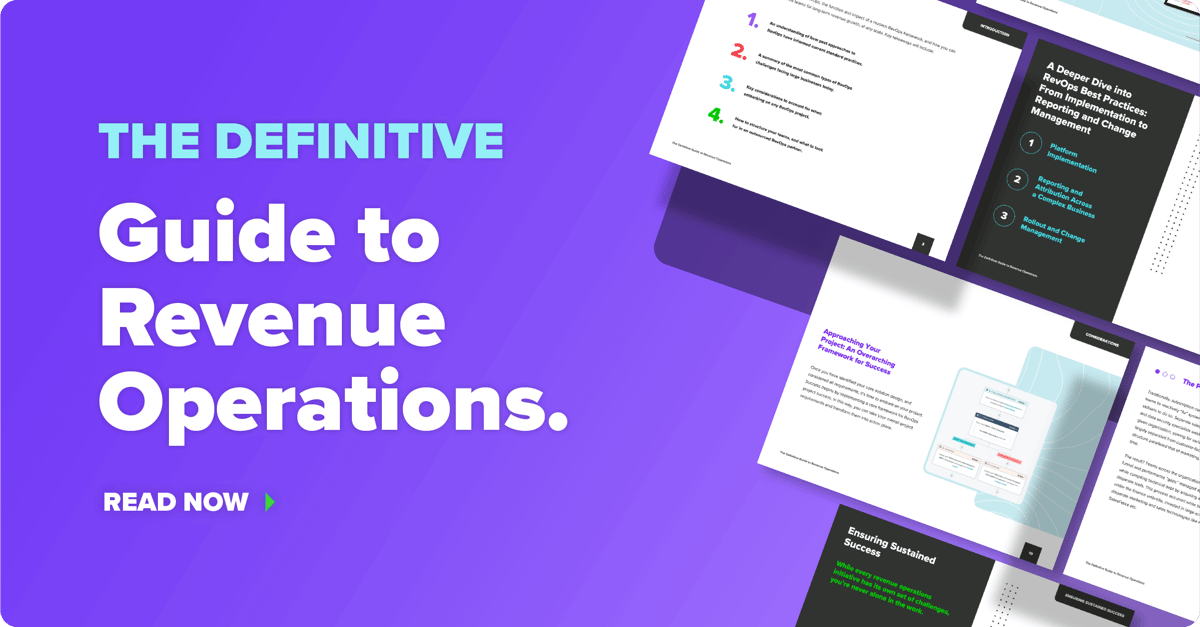You may be familiar with the acronym SDR, but what is an SDR's function? And what role do they play in the Inbound marketing and sales process? We'll fill you in on the reasons why SDRs are so essential to aligning marketing and sales operations, generating revenue growth and streamlining your sales pipeline.
What is an SDR?
A Sales Development Representative, or SDR, is the tip of the spear when it comes to prospect engagement. They are the first real human communication that a prospect hears from. Think of them as the middlemen between marketing and sales. They are responsible for moving leads and MQLs through the buyer's journey in order to become opportunities.
What role does an SDR play in the Inbound sales process?
When a new lead downloads a piece of content, an SDR's job is to qualify that lead and nurture them through the initial stages of the buyer's journey. The SDR lives within the "connect" stage of the inbound sales process. This means engaging with prospects through calls, emails and social channels. It's extremely important for an SDR to personalize their outreach, educate their prospects and always be helpful.
This doesn't mean that an SDR's sole role is to sell meetings. They create "buzz" by using existing marketing materials to stimulate interest and help solve their prospect's challenges. This involves sharing content and offering relevant and helpful suggestions. It's important for an SDR to build trust and provide value before trying to initiate a sales call.
What responsibilities does an SDR own?
An SDR shares the same basic responsibilities of qualifying and engaging leads and performing account-based marketing outreach to connect with the right individuals at a prospective company. If their first point of contact isn't responsive or simply doesn't hold decision-maker status, it's up to an SDR to seek out the right individual within a company for whom a sales conversation would be most relevant. At the end of the day, an SDR is responsible for booking meetings. But they also play gatekeeper, ensuring that only qualified leads are allowed to pass through to sales and purging unqualified or bad-fit leads from the funnel at an early stage so resources aren't wasted on those dead-end leads.
It is crucial for an SDR to find as much context on a prospect as possible from the information captured on their form submission. That means doing some detective work on their website and preferred social channels (like prospecting on LinkedIn) to uncover information about their tech stack, company revenue, funding history, buyer persona and other criteria to determine if they're qualified for further outreach. Along with this, an SDR can use marketing automation software to gauge a prospect's "digital body language" by using their engagement behavior as a guide for inferring their underlying intent, needs and objectives. This includes taking note of pages they've viewed, marketing emails they've opened, what time they open emails and much more.
Armed with context and the "digital body language" of a lead, an SDR can begin outreach by delivering personalized, relevant content that they believe will be valuable to the prospect given what they've uncovered. Outreach can begin with an email or call, but there are endless ways to tap on a lead's virtual shoulder. That's why it is important to hire an SDR that's comfortable making connections across a variety of mediums and using those connections to nurture relationships and create opportunities.
How do SDRs impact your overall success and efficiency?
Hiring an SDR takes pressure off of your sales representatives by allowing them to focus on the last stage of the buyer's journey: converting opportunities into customers. Once an SDR has created an opportunity and passed it off to a sales representative, it's on to the next one. By focusing solely on streamlining the first part of your funnel, SDRs help prevent bottlenecks and build a more efficient sales process.
By ensuring that no unqualified opportunities enter your pipeline, SDRs also work to reduce customer acquisition costs. By disqualifying poor-fit leads early on in the sales process, SDRs decrease opportunity-nurturing costs down the line and increase the likelihood of seeing greater ROI for your marketing and sales calories spent. In this way, SDRs directly contribute to your organization's revenue growth.
Ready to kick your inbound sales process into high gear and fill your pipeline with more qualified leads? Download our Complete Guide to Inbound Sales to transform your sales process and mirror new-age buying habits.





